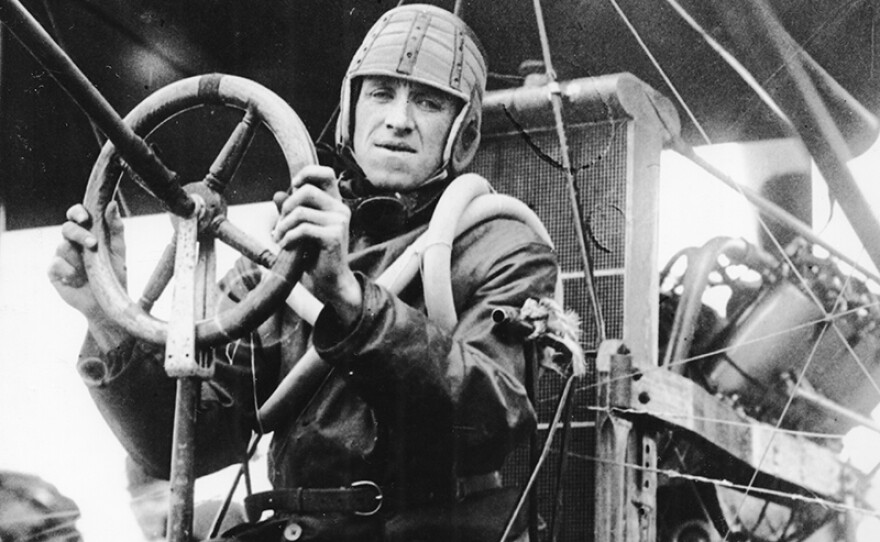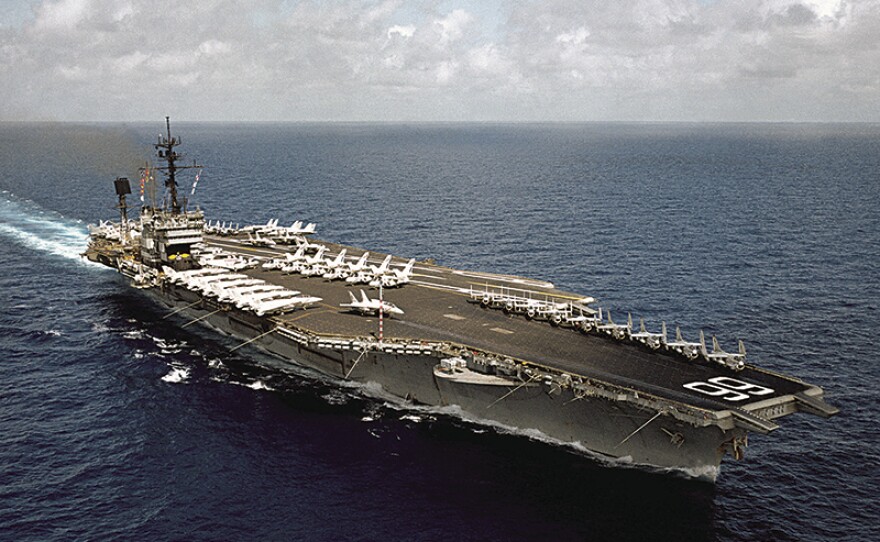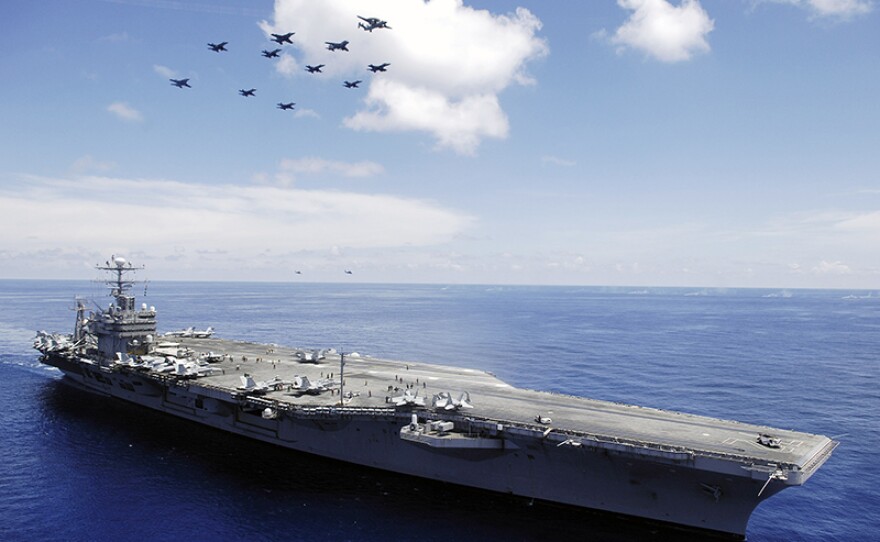"Angle Of Attack" chronicles the 100-year history of Naval aviation — from wobbly gliders and the shipboard landing in 1911 to modern supersonic jets and unmanned aerial vehicles.
The two-hour documentary deftly interweaves archival footage, interviews with historical and military experts, contemporary footage of cutting-edge aircraft and insights from today's "Top Gun" fighter pilots in the Marine Corps and Navy.
In addition, "Angle Of Attack" also pays tribute to Naval aviation’s visionaries, pioneers and risk-taking aviators, past and present.
Interviewees include: Vice Admiral Jerry Miller, USN (Ret); Admiral James L. Holloway III, USN (Ret); Vice Admiral Allen Myers; Captain Anthony Barnes USN (Ret); Capt. Mark Brooks; veteran military analyst and co-author John Gresham and Naval and aviation expert Norman Polmar.

EPISODE GUIDE:
Episode 1 airs Monday, May 4 at 11 p.m. on KPBS TV - The first part begins by following young men and women on their way to "earning their Wings." In a rigorous course of instruction, they learn to lift off and land a supersonic aircraft on the deck of an aircraft carrier in the middle of the ocean, still considered one of the most difficult and hazardous tasks.
Eugene Ely first attempted the death-defying feat in 1911. Ely's act of landing a fragile bi-plane on a make-shift wooden deck would eventually transform into a weapon of unprecedented power and influence.
The episode concludes with World War II and the U.S. victory in the Pacific, when carrier aviation reigned supreme. However, Naval soon would face a threat to its existence - not from an enemy source, but from a competing technology - the nuclear bomb.

Episode 2 airs Tuesday, May 5 at 11 p.m. on KPBS TV - The second part begins with the potential demise of naval aviation, as many in the military establishment promote nuclear weapons and pronounce carrier aviation obsolete.
Korea, and later Vietnam, offer a startling reminder of the utility of naval aviation, and undermine the post-World War II conviction that the U.S. will fight all of its wars with nuclear weapons.
As the Cold War deepens, the installation of Soviet ballistic missiles in Cuba brings the nation to the brink of nuclear war. Another important function of naval aviation - reconnaissance - rallies world opinion and helps diffuse the crisis. Photographs of the Soviet missiles taken by low-flying naval aviators provide incontrovertible evidence of the Soviet Union's lying.
Following the age of nuclear terror came a new low in Vietnam, where doubts about the military merge with racial animosities to undermine morale among naval aviators.
The episode concludes by exploring the technological evolutions like GPS-guided weapons that continue to transform the field. Interviews and vivid archival footage from Afghanistan and Iraq highlights the new moral challenges of asymmetrical warfare today.



"Angle Of Attack" was first broadcast in November 2011 on PBS.
Credits:
The documentary was produced by The Documentary Group. Distributed by American Public Television. Written and Produced by Chana Gazit and Thomas Lennon. Directors of Photography: Thomas Lennon and Glen Mordeci. Editors: Nancy Novack, Maeve O’Boyle and Merril Stern. Narrator is Michael Murphy. Composer is Mark Suozzo.





